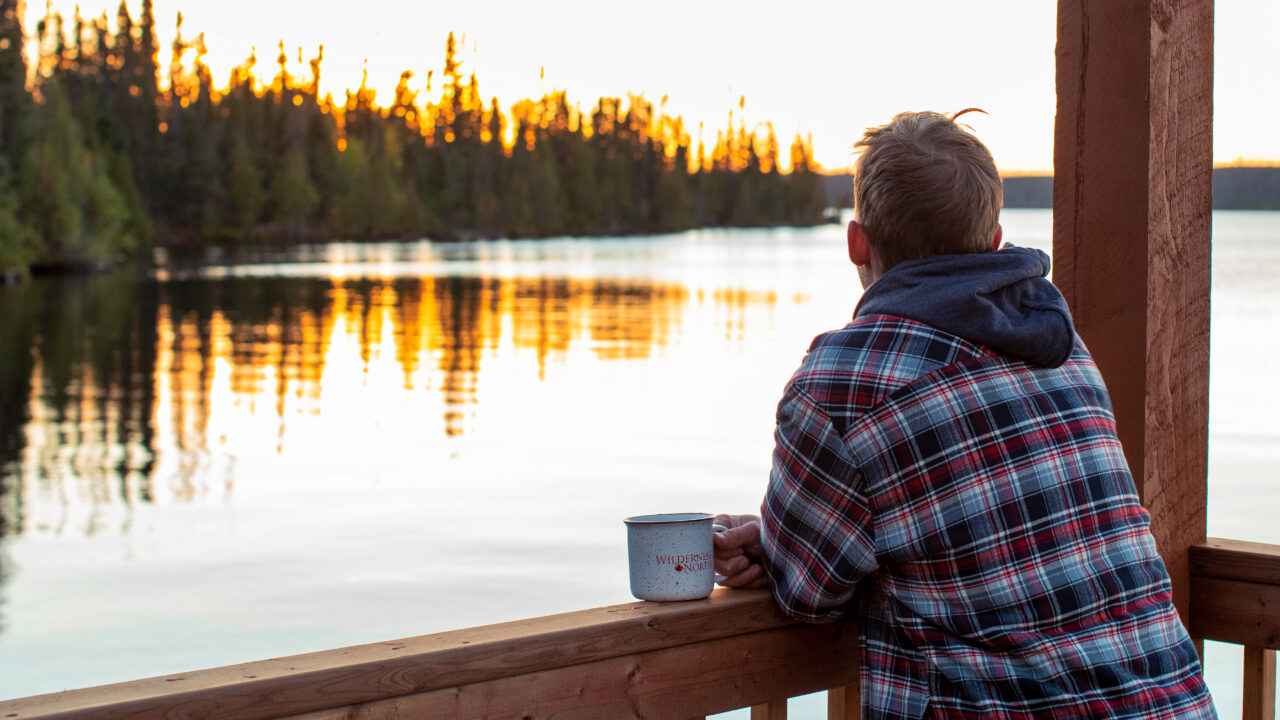Study to learn potential of year ‘round shipping
A warming climate and a trend toward less ice has scientists looking at the potential for year-round shipping on the Great Lakes.
With ice expected to form later and melt earlier, as it did this past winter, researchers at the University of Wisconsin-Superior are looking into how this might impact the shipping industry on the Great Lakes. A warming climate and a trend toward less ice has scientists looking at the potential for year-round shipping on the Great Lakes.

Richard Stewart, director of the Transportation and Logistics Research Center at UWS, is conducting the year-long study with Daniel Rust, UWS assistant professor of transportation and logistics.
Funding is provided by University Wisconsin Sea Grant.
According to the National Oceanic and Atmospheric Administration, average annual ice cover on the lakes already has diminished by 22% since 1970. Lake Superior’s average ice cover declined from nearly 80% in 1973 to just over 40% by 2020.
“By the year 2050, which is only 30 years away, there are expectations that there will be relatively little ice on the Great Lakes that will impede the navigation of vessels,” Stewart said in a statement announcing the study.
They expect to collect data on how cargo moves on the lake to create models for ports and ship owners, looking specifically at the movement of taconite iron ore, coal and limestone. They’ll look at a scenario of a 20-day-longer shipping season and another for a 50-day extension of the shipping season.
The Great Lakes traditionally shut down to shipping from early January into March.
“Say that with the existing fleet of ships, how many ships would be needed to carry that same amount of cargo if they could operate, instead of nine months per year, 10 months, 11 months and 12 months?,” Stewart notes. “If that cargo pie doesn’t grow bigger, we believe our research will indicate a need for fewer ships.”A longer shipping season with fewer ships could have far-reaching ramifications for the Twin Ports and all of Wisconsin, one of the nation’s largest shipbuilding and ship-repair sites. Taconite, coal and limestone terminals — such as those in Duluth and Superior — may no longer need to store large buffer stocks of their products to carry them through the winter since they might be able to operate year-round.
Stewart and Rust are looking to the Baltic region shipping industry in Europe for guidance.
“It has a similar geographic size to the Great Lakes and the same issues with ice,” Stewart said. “They operate year-round and move cargoes. We’ve visited the Baltic for preliminary research. We’re looking to see if there are similar cargoes and trade patterns that might have applicability on the Great Lakes.”
Deb DeLuca, director of the Duluth Seaway Port Authority, expects the study will provide significant information. She said the possibility of having shipping seasons that are essentially ice-free could mean less risk to ships from ice and less expense needed for icebreakers. DeLuca agrees that year-round shipping could attract new commodities.
“It might open up the entire waterway to greater usage, which is a good thing because shipping is environmentally beneficial,” DeLuca said. “It takes trucks off the road. It would be a plus for all sorts of reasons, and the research allows us to plan ahead.”
The researchers are cooperating with many organizations on their study, including the Lake Carriers’ Association, the U.S. Coast Guard, the U.S. Army Corps of Engineers and the ports of Milwaukee; Gary, Indiana and Duluth-Superior.
Rust will be collecting data and overseeing student workers on the project. “We’ve just begun to scratch the surface on this issue,” he said. “Obviously, climate change is happening, and we need to be ready to adapt to whatever is coming and to take advantage if there are opportunities that arise.”
Richard Stewart, director of the Transportation and Logistics Research Center at UWS, is conducting the year-long study with Daniel Rust, UWS assistant professor of transportation and logistics.
Funding is provided by University Wisconsin Sea Grant.



